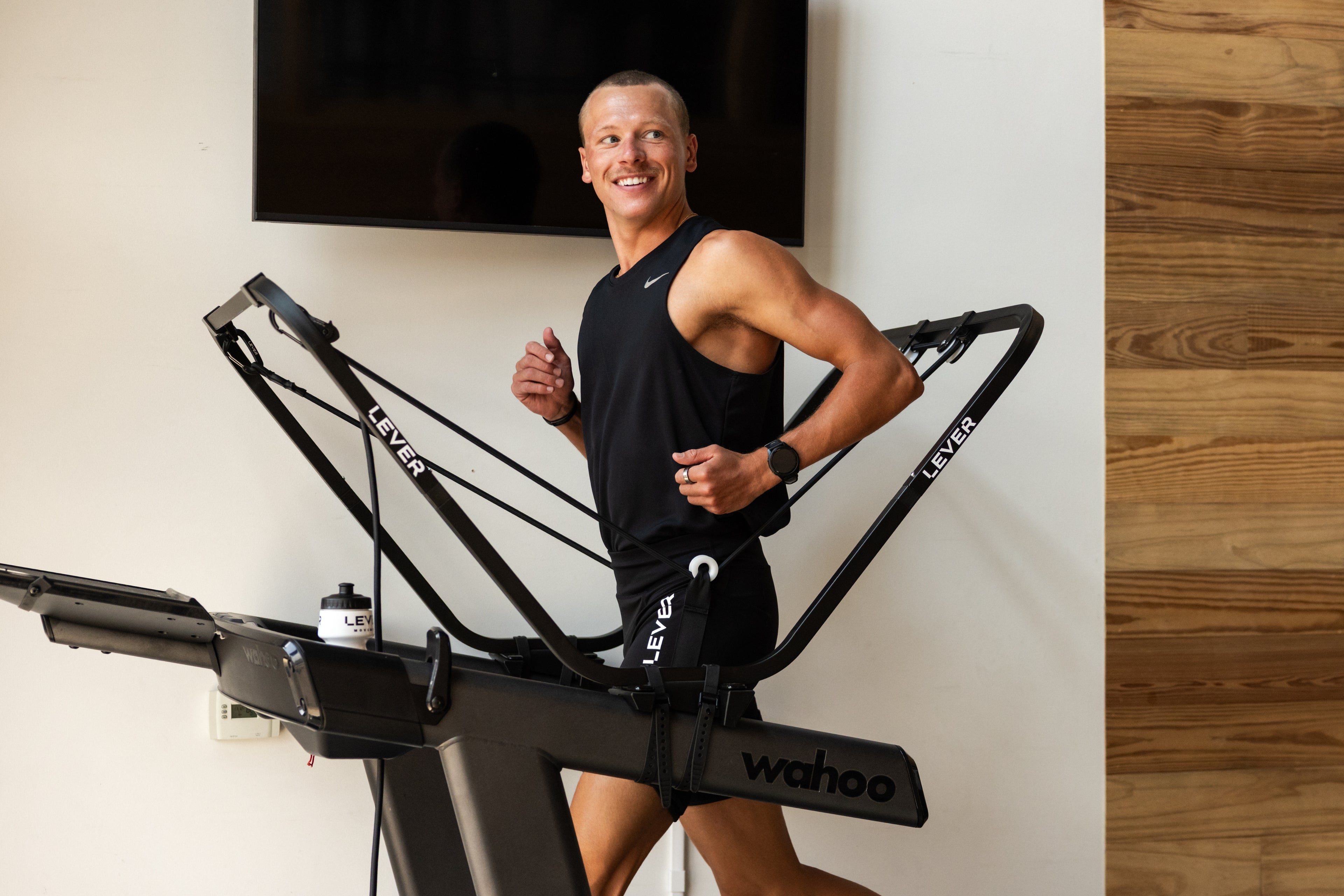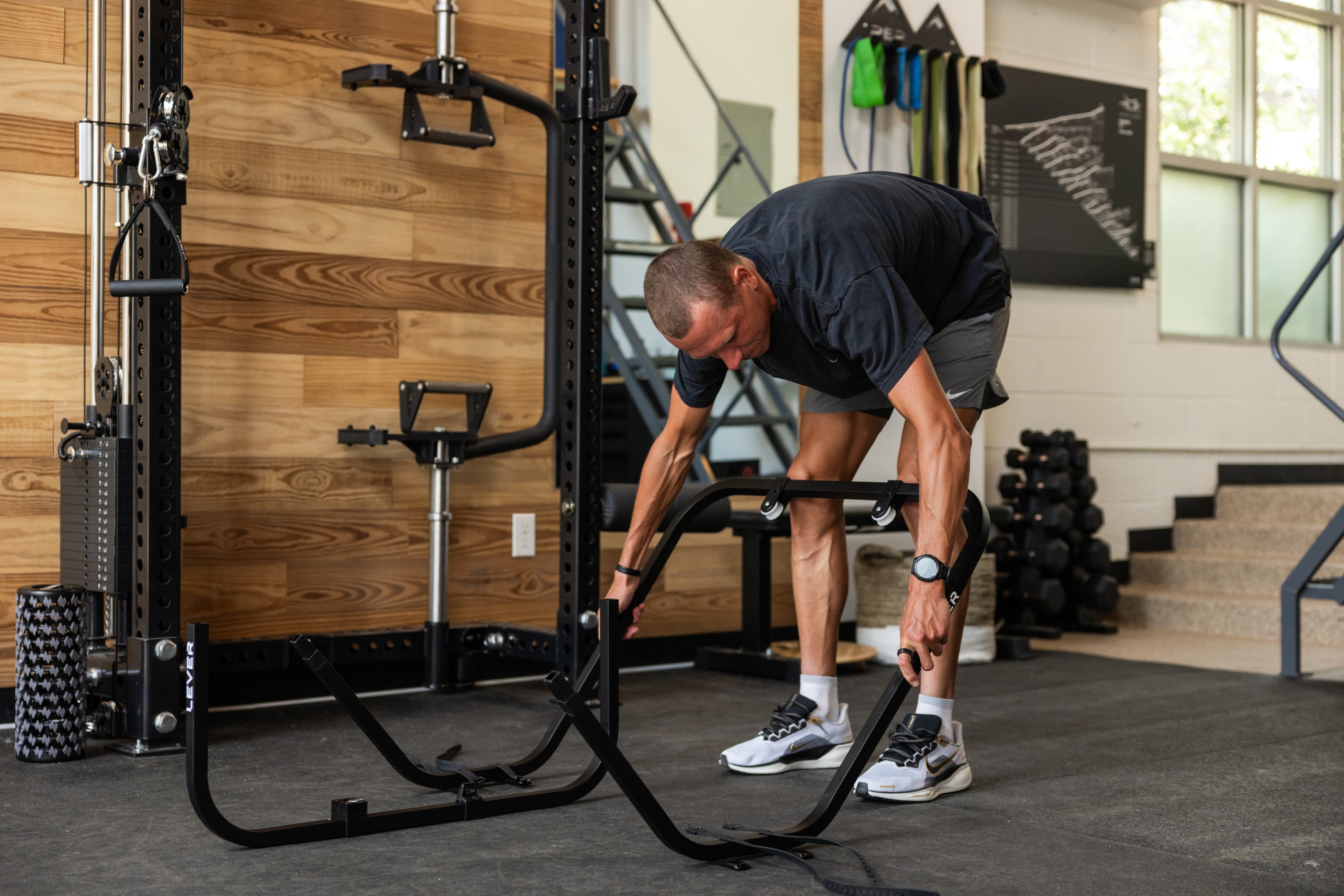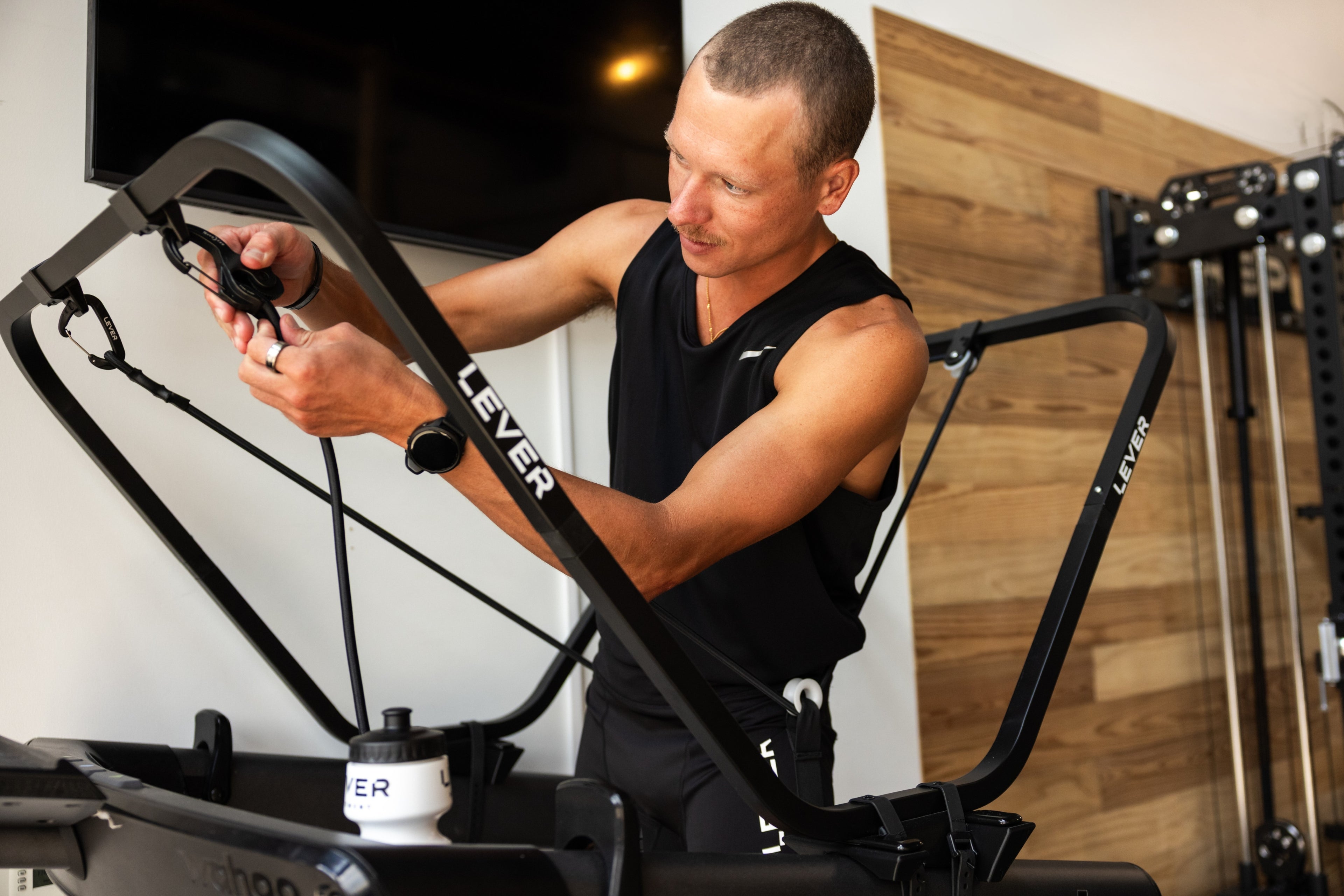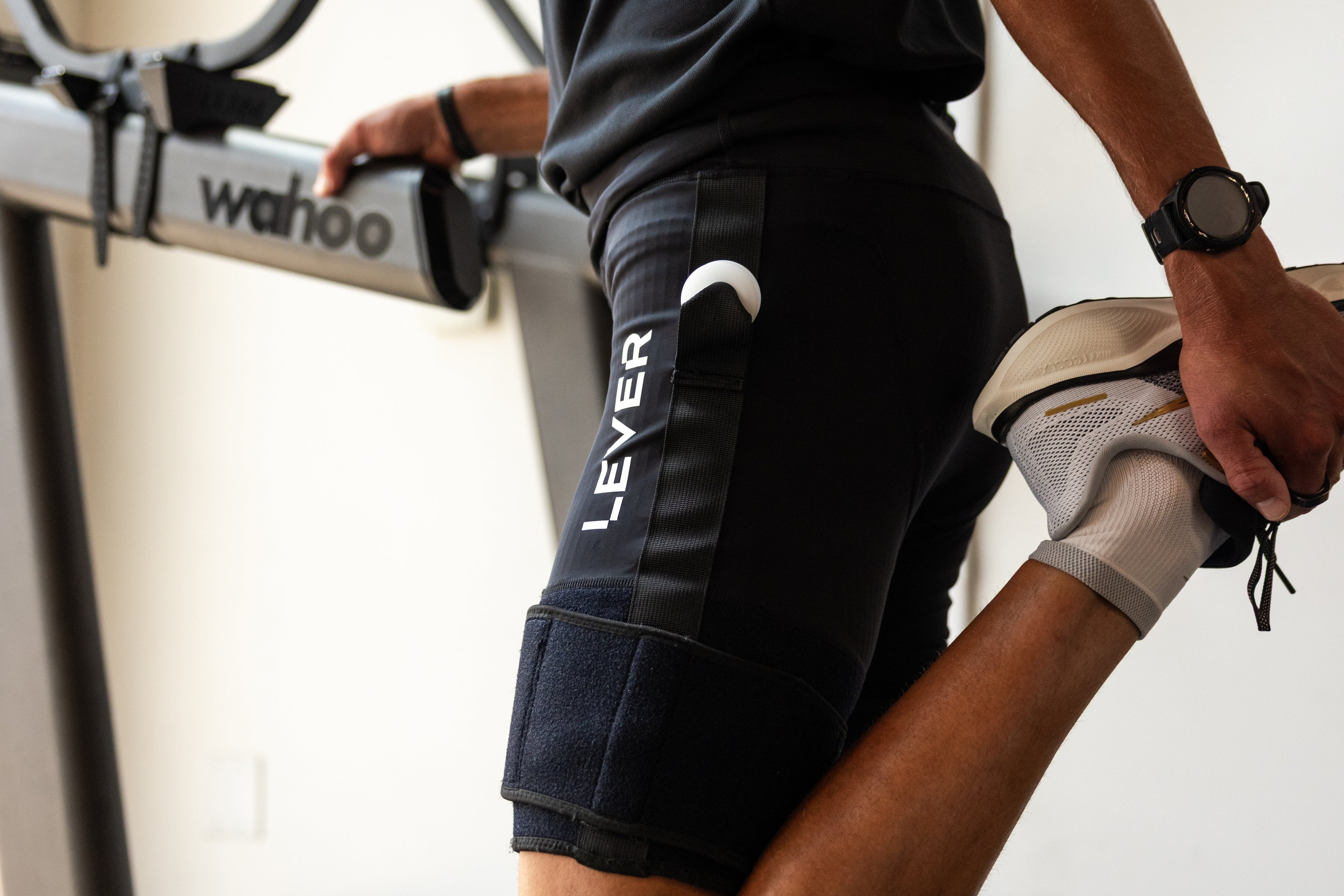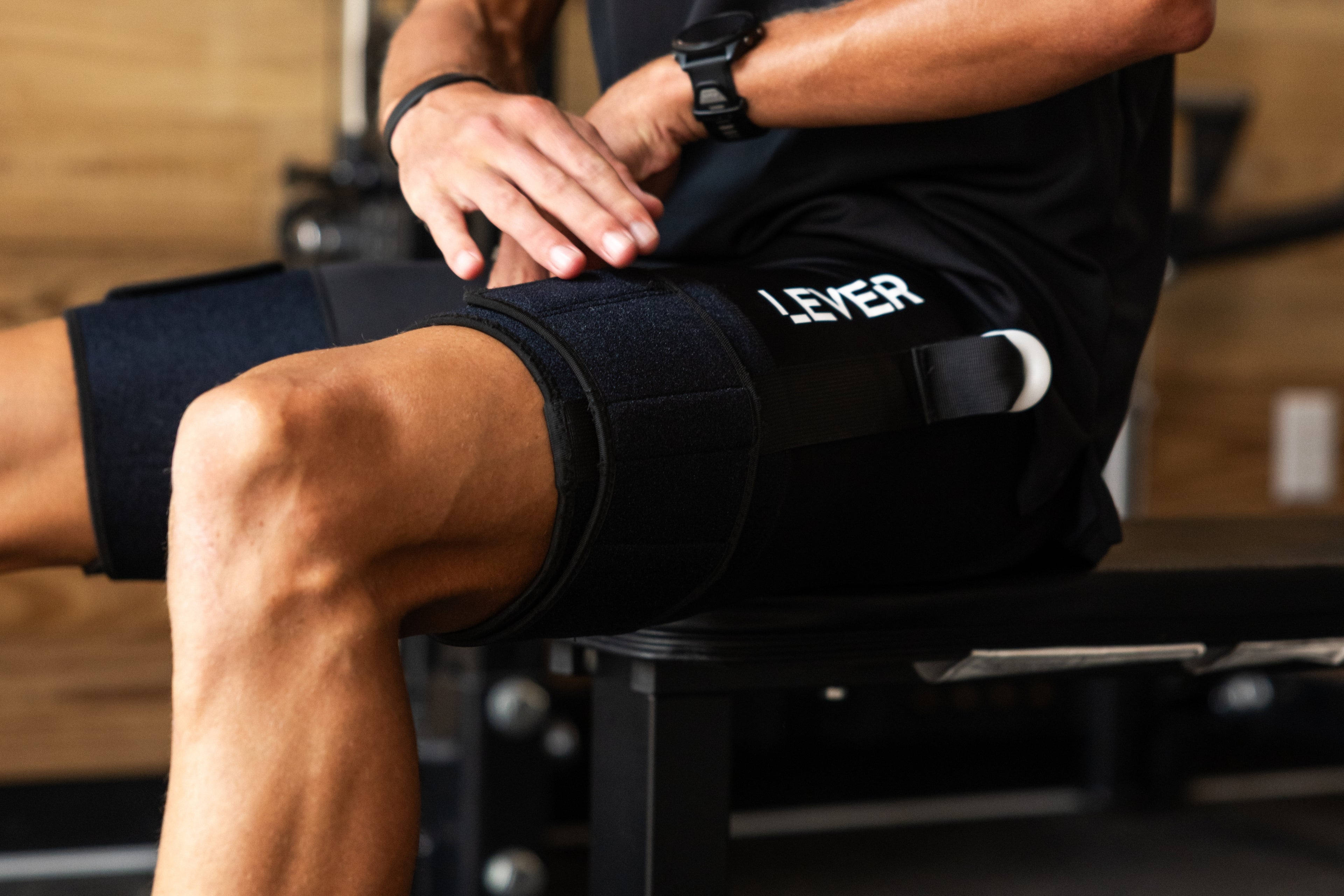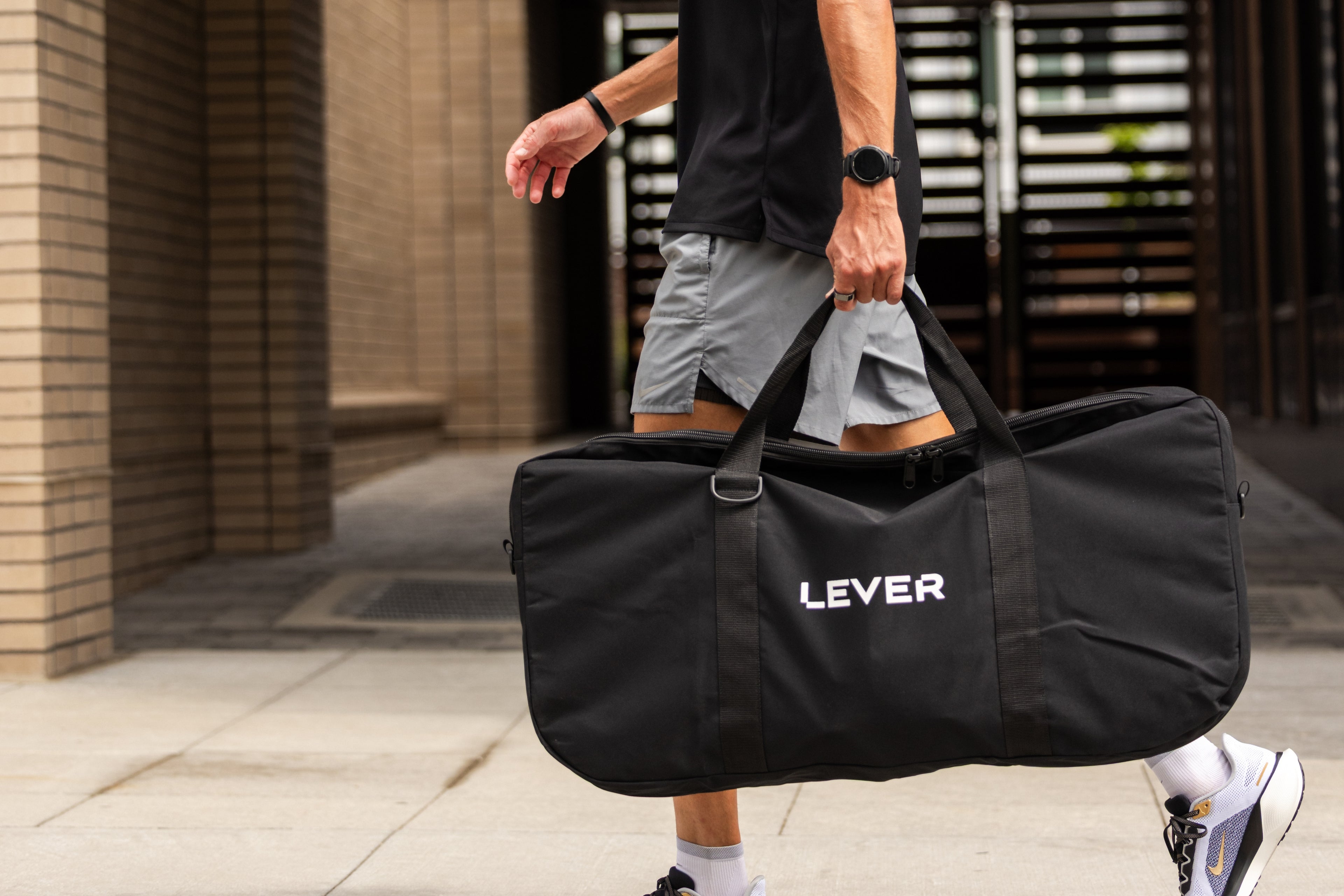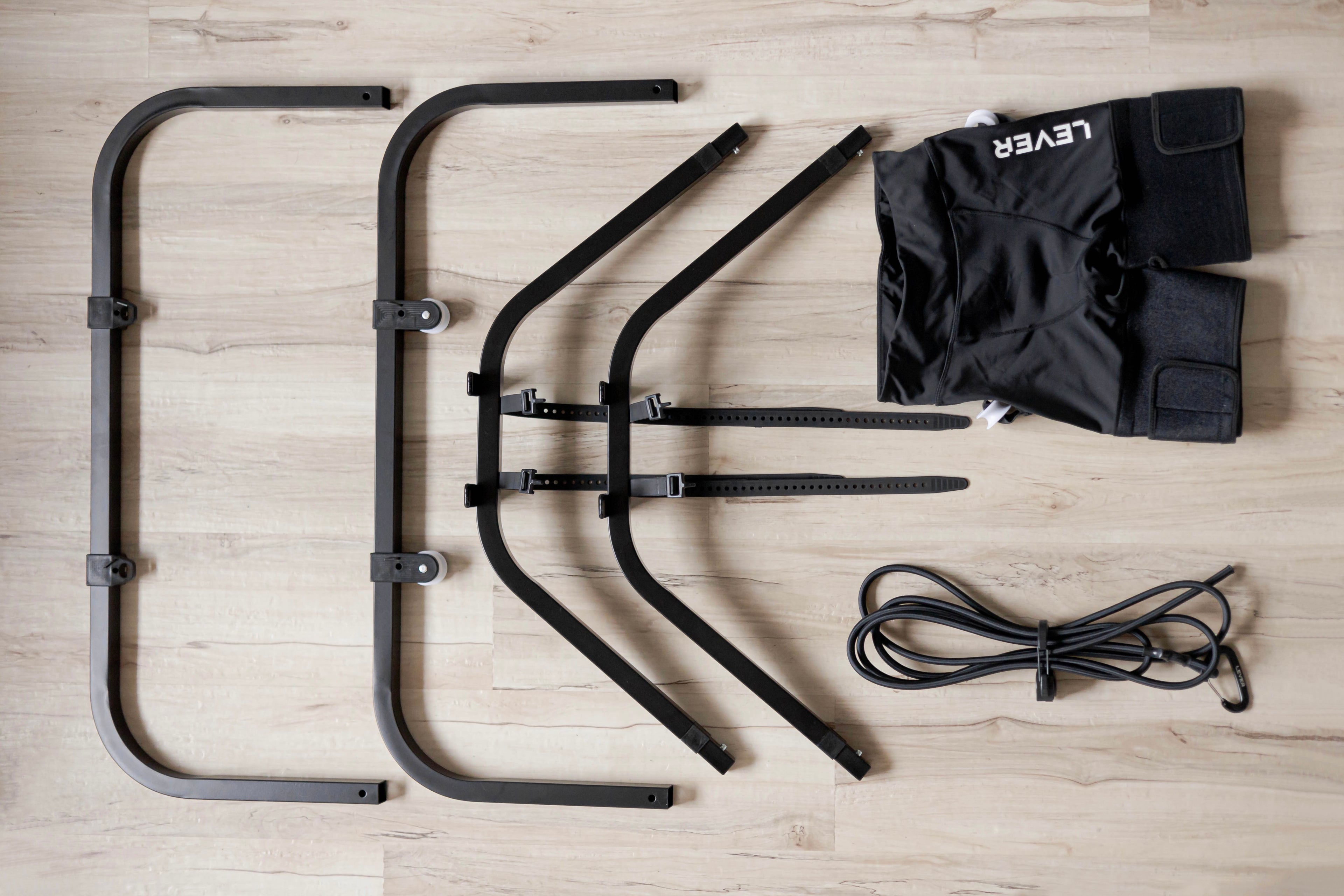It feels odd to be talking about a taper in February, but since my first race of the year kicked off a couple of weeks ago, we (the team at LEVER) thought it would be fitting to dive into a quick taper article. I got 2nd place at the Black Canyon 60k to Eli Hemming who has been on a tear this year. He set a massive course record at Black Canyons and then went on to win the Big Alta 50k two weeks later. TEASER ALERT we are kicking off a new season of our podcast soon, and Eli was kind enough to join us for the first episode. Now back to the taper…

For many runners, making it to the race taper feels like a huge win. Getting through training blocks in one piece is a reason alone to celebrate. However, as we continue to learn more and more about training and recovering with a body weight support device, like LEVER, my hope is that your body isn’t desperate for the taper, but more so ready to transition into this really strategic phase of your training. Because your body should not be as beaten up in big training blocks when you’re incorporating the LEVER device for overspeed and recovery runs, you not only have a huge advantage over your competitors, but you have a fresher body to fine tune in the final weeks leading up to the race.
Tapering for an event is a critical phase where the goal is to reduce fatigue while maintaining fitness. Incorporating the LEVER system into your taper can help achieve this balance, reducing the impact on your joints and allowing for continued training without the same level of physical stress. Here's a suggested approach to tapering with the LEVER system:
1. Start with a Gradual Reduction in Volume

Begin to reduce your overall running volume 2-3 weeks before your event. A common approach is to reduce volume by 20% each week leading up to the race. Using the LEVER system, maintain your usual running frequency and pace but shorten the duration of each session. This helps maintain your running mechanics and neuromuscular coordination.
2. Maintain Intensity with Reduced Impact
Continue to include key workouts (e.g., intervals, tempo runs) in your taper, but reduce the total volume of these sessions. On the LEVER system, you can perform these quality workouts with reduced body weight to lessen impact forces, potentially reducing injury risk while still stimulating your cardiovascular and neuromuscular systems. I personally used the LEVER system for k*repeats a few weeks out, quarter mile strides during a double, mile repeats during race week.
3. Focus on Recovery Runs
Easy or recovery runs are perfect for the LEVER system during the taper phase. By reducing body weight, you minimize leg fatigue and stress on the musculoskeletal system, enhancing recovery between the more intense sessions. The two ways I did this specifically was in the recovery day after long runs and for recovery run doubles that helped increase turnover.
4. Incorporate Specificity When Needed
While body weight support is beneficial, ensure you also run under full body weight conditions during the taper, especially if your race involves unique terrain or conditions not easily mimicked by the treadmill. This ensures your body is adequately prepared for race-day conditions. It’s also important to get in full body weight pounding so your body is ready to cover the distance of the race.
5. Listen to Your Body
Tapering is individualized. Some athletes may benefit from more or less reduction in volume or changes in intensity. Use the LEVER system’s body weight adjustment feature to fine-tune your training based on how you feel. If you're feeling particularly fatigued, consider reducing more body weight (80-85%), if you're feeling strong, you might choose to run at a higher percentage of your body weight (ie. 90%).
6. Stay Consistent with Non-Running Workouts

Continue with your usual strength training, stretching, and any other non-running activities you do, adjusting intensity and volume as necessary to avoid fatigue. The LEVER system can also be useful for walking or jogging as part of a dynamic warm-up or cool-down routine.
7. Sharpening Phase
In the final week, some runners like to include a "sharpening" workout a few days before the event to maintain a feel for race pace. This session should be short and not overly taxing. Using the LEVER system, you can perform this workout with slightly reduced body weight to simulate race pace without the full impact. As mentioned above, I did 4*mile with the LEVER system during race week to get in the turnover, but to reduce fatigue. I ended that workout still feeling very fresh and recovered.
8. Mental Preparation
Use your sessions on the LEVER system to visualize the race course, practice race strategies, and mentally prepare for the event. This can be an excellent time to focus on positive mental imagery and race execution without the distraction of external factors. Mental preparation is one of my favorite parts of the race build up. Doing this preparation on the treadmill with LEVER during a recovery/easy run session is one of my favorite race week activities.
By thoughtfully incorporating the LEVER system into your taper, you can arrive at the start line feeling physically and mentally prepared, with reduced risk of injury and optimal readiness for your race. Remember, the key to a successful taper is finding the right balance of rest and stimulus to peak on race day. Tapering is not a one size fits all, but as you learn and understand your body, using the LEVER strategically to avoid placing extra stress on the body during race week will certainly help your physical and mental preparation.











